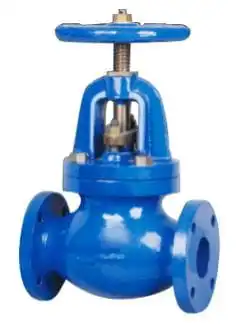
A globe valve is a mandatory sealing valve, so pressure must be applied to the globe valve disc to close the globe valve. In this way, the mandatory pressurization of globe valves can ensure that the sealing surface will not leak.
The external leakage of the globe valve is relatively easy to deal with. For the leakage of the middle flange, tighten the bolts of the middle flange again; if it still does not work, open it to check whether or not the gasket of the middle flange is damaged. For leakage at the packing, the packing gland must be tightened. If the packing is too loose, it is necessary to add packing or replace the packing; if the body leaks due to long-term use, the valve needs to be replaced.
The internal leakage of the globe valve is generally caused by damage to the sealing surface of the valve seat or valve core. This can be solved by grinding the seat or plug sealing surface. However, there is another specific situation. If it is an electric or pneumatic valve, the valve stroke may not be set properly.
